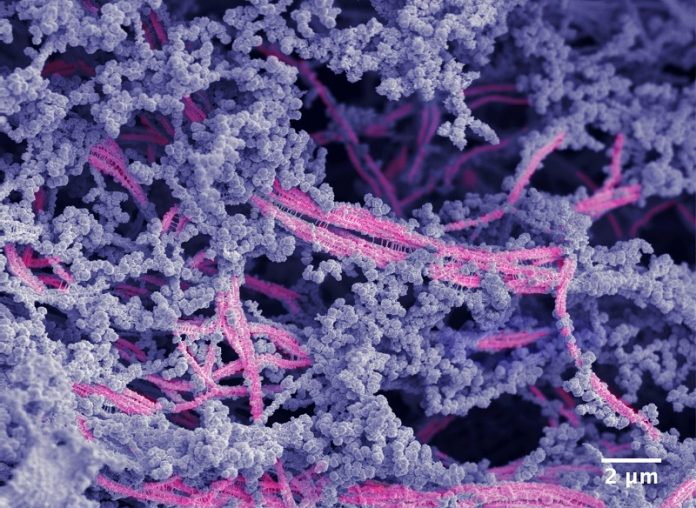
Scientists at Northwestern University have developed a new bioactive material that can regenerate damaged cartilage in joints.
This material, which looks like a rubbery goo, has successfully grown high-quality cartilage in the knee joints of animals, offering hope for people with joint issues.
The new material is a complex network of molecules that mimics the natural environment of cartilage in the body.
When applied to damaged cartilage in animals’ knee joints, it promoted the growth of new, healthy cartilage within six months.
This new cartilage contained collagen II and proteoglycans, which are essential for pain-free joint movement.
This breakthrough could one day help prevent knee replacement surgeries, treat degenerative diseases like osteoarthritis, and repair sports injuries such as ACL tears.
The study was published in the Proceedings of the National Academy of Sciences.
“Cartilage is crucial for our joints,” said Samuel I. Stupp, who led the study. “When it gets damaged or wears down, it can seriously affect health and mobility. Unfortunately, adult human cartilage doesn’t naturally heal. Our new therapy can induce repair in this tissue, meeting a significant clinical need.”
Stupp is a pioneer in regenerative nanomedicine and holds several prestigious positions at Northwestern. The paper’s first author, Jacob Lewis, was a Ph.D. student in Stupp’s lab.
The new biomaterial combines a bioactive peptide that binds to a protein called transforming growth factor beta-1 (TGFb-1), crucial for cartilage growth, with modified hyaluronic acid. Hyaluronic acid is naturally found in cartilage and joint fluid and is a popular ingredient in skincare products.
Stupp’s team created a scaffold from these components that encourages the body’s own cells to regenerate cartilage tissue. This scaffold mimics the natural structure of cartilage, providing a foundation for new growth.
To test the material’s effectiveness, researchers used sheep with cartilage defects in their stifle joints, which are similar to human knees. The testing was conducted at the University of Wisconsin–Madison. Sheep cartilage, like human cartilage, is difficult to regenerate, making this model highly relevant.
In the study, researchers injected the thick, paste-like material into the damaged cartilage, where it transformed into a rubbery matrix. New cartilage grew to fill the defects, and the quality of the repaired tissue was consistently higher than the control.
Stupp envisions the new material being used in joint surgeries. The current standard treatment, microfracture surgery, often results in fibrocartilage, which is not as durable as hyaline cartilage needed for joints.
“Our approach regenerates hyaline cartilage, which is more resistant to wear and tear. This could fix the issues of poor mobility and joint pain long-term, potentially avoiding the need for joint reconstruction surgeries,” Stupp said.
This new biomaterial represents a significant step forward in treating joint damage and could improve the quality of life for many people with joint problems.
If you care about bone health, please read studies that plant-based diets can harm your bone health without these nutrients, and this bone problem may strongly increase COVID-19 death risk.
For more information about wellness, please see recent studies that too much of this vitamin may increase your risk of bone fractures, and results showing this type of exercise may protect your bone health, slow down bone aging.



